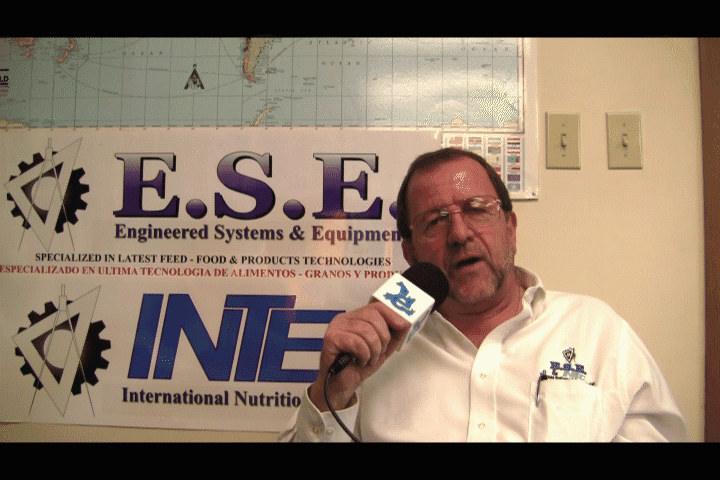Sinking feed - How to increase bulk density
Hi, I have a problem with the bulk density of the aquafeed. Recently we take some changes in our production process to increase the quality of the aquafeed. We put steam and water at 80 °C in the pre conditioner, and a 0.5/1.5 of oil. We add 23% of water and 7% of steam We reduce the speed of shaft to increase the retention time. We take also another die with higher open area to have less pressure to the die. The outgoing pellet from the extruder sink, but in the final product we have from 0.5-8 % of floating pellet. How can i act to increase the bulk density exit the extruder? Why the outgoing pellet from the extruder sink, and after the oil adsorbtion some pellet float? Furthermore i don't see any modify in the water durability. Thanks to all your answers

Hi, Michael, maybe I haven't been clear in my explanation.
the 0.5/1.5 % is the oil that we added in the preconditioner before the extruder. The other oil is added after for the top dressing.
We want that the final product will be totally sinking.
But at these conditions, I don't understand why the pellet outgoing the extruder totally sinks, but in the final product (so after oiling) we have a percentage (from 0.5 to 8 %) of floating feed.
I lost to water in the dryer and then the oil that I added after doesn't compensate the loss in weight?
How can we act?
Hope to have explained the situation better.
Probably the mix in the conditioner is not complete the oíl distribution inside is not homogeneous and some % of particles appear as high density but when you take off water (density 1) those particles decrease density and get sinking check mixing inside condiciones
Density control depends on internal and external fat level; and of control the die value; your extruder should act as a forming extruder so all the product condition should be get in the conditioner; The SME and STE are other important variables to control; you should run your extruder at 180-200 rpm reducing the SME; extruder moisture is one of the main variable to control; and also you will need probably a venting valve
The drier should not be the reason to change the density as to transform the high density pellets into a low density pellets....y think you must put your attention in the preconditioner and extruder there you should get the final condition of thinking or not product.
Please check this information at Global Seafood.org, in the article publicated by Galen Rocky of Wenger....
I could say also that you should consider that you are extracting a lot of moisture in the drier, moisture of density 1; and after that you add some oil of density 0,9....and depending of fat quantity added at final of process you should get the extra density of pellet by controling EXTRUSION process and not depending of drying process.
.jpg&w=3840&q=75)

Benefits of rendered products on sustainability













